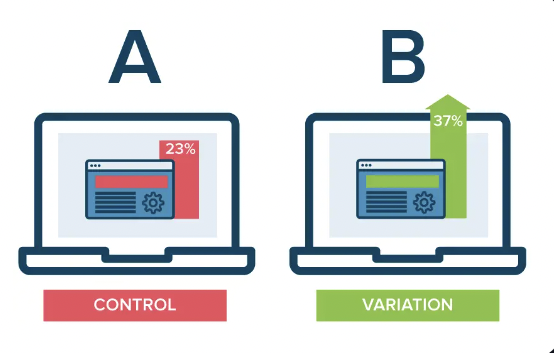1/ There's a lot of edge in building a production crypto HFT system the right way.
The abstractions should be rich enough to prevent careless mistakes but not too rigid to work with.
I converged on these after countless hours of building, debugging, and rewriting code 🧵
The abstractions should be rich enough to prevent careless mistakes but not too rigid to work with.
I converged on these after countless hours of building, debugging, and rewriting code 🧵
2/ Let's focus on a concrete example: How do you deal with continuous quantities?
Doing math in code with raw numeric types is error prone. Multiplying the price of one symbol by the size of another is sure way to blow up your strategy.
Just be careful? Nah, we can do better.
Doing math in code with raw numeric types is error prone. Multiplying the price of one symbol by the size of another is sure way to blow up your strategy.
Just be careful? Nah, we can do better.
3/ A pervasive feature of our trading system is the concept of "units."
The first idea is to have separate types for Price, Size, Notional, etc.
Define relations:
Price * Size = Notional
Size + Size = Size
etc.
But Size * Size? Nonsensical, and now you get a compiler error.
The first idea is to have separate types for Price, Size, Notional, etc.
Define relations:
Price * Size = Notional
Size + Size = Size
etc.
But Size * Size? Nonsensical, and now you get a compiler error.
4/ This is already safer, but these quantities still all wrap raw floats.
We can do even better: It doesn't make sense to add 1 BTC to 2 ETH.
So sizes should be Size(2, ETH), and you can check that the units agree in each of your arithmetic implementations.
We can do even better: It doesn't make sense to add 1 BTC to 2 ETH.
So sizes should be Size(2, ETH), and you can check that the units agree in each of your arithmetic implementations.
5/ To continue this type extension, prices would be Price(2000, USDT/BTC). That is, the price of one BTC is in units of USDT *per BTC*.
The units work out like:
Price(2000, USDT/BTC) * Size(2, BTC) = Notional(4000, USDT).
The units work out like:
Price(2000, USDT/BTC) * Size(2, BTC) = Notional(4000, USDT).
6/ To sanity check the progress so far, we can still do sensical computations like computing total exchange volume. You add a bunch of Price * Size = Notional(..., USDT) quantities.
However, we're still not done. Assets across exchanges are not fungible.
However, we're still not done. Assets across exchanges are not fungible.
7/ When shit hits the fan, networks can be congested, or deposits and withdrawals can be closed by the exchange.
To ensure robustness, it's helpful to include the exchange as part of the symbol too, so that you can't directly compare BTC on Binance with BTC on Coinbase.
To ensure robustness, it's helpful to include the exchange as part of the symbol too, so that you can't directly compare BTC on Binance with BTC on Coinbase.
8/ Some seemingly benign things like computing the global "mid price" across BTC/USDT listed on all exchanges or setting USD=USDT are now more annoying.
But this is a feature, not a bug. We should think twice about these dangerous assumptions that are true almost always.
But this is a feature, not a bug. We should think twice about these dangerous assumptions that are true almost always.
9/ There is a lot more to do here, for example fitting derivatives into this system. But this should be enough to get the idea.
The beauty of building a system from scratch is the freedom to rethink simple things. Use it wisely to help with the trading you're trying to do.
The beauty of building a system from scratch is the freedom to rethink simple things. Use it wisely to help with the trading you're trying to do.
10/ Implementation-wise #rustlang makes it super ergonomic to create complex unit systems.
Define macros for type definitions, relationships, and constructors.
You can even do things like compile out the symbol checks in release mode, but check them in unit tests.
Define macros for type definitions, relationships, and constructors.
You can even do things like compile out the symbol checks in release mode, but check them in unit tests.

11/ By the way dimensional analysis is a super common tool in physics. When you do a big computation, the first sanity check on the answer is to check the units are correct.
This is just a way to do that automatically in your trading code.
This is just a way to do that automatically in your trading code.
12/ We've even extended these principles to Hyperliquid. Many concepts from HFT carry over naturally to building robust and performant exchanges.
Often principles transcend the specific application. When building complex systems, it's always worth setting strong foundations.
Often principles transcend the specific application. When building complex systems, it's always worth setting strong foundations.
• • •
Missing some Tweet in this thread? You can try to
force a refresh








